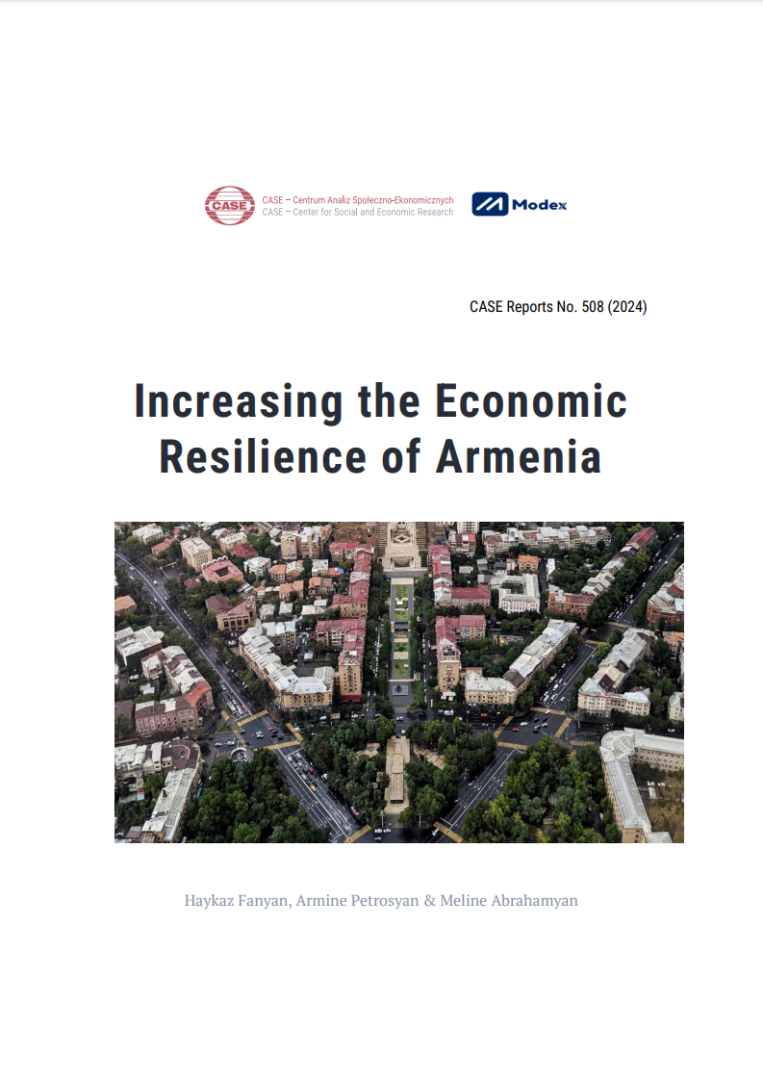The publication provides an in-depth analysis of Armenia’s political, economic, and structural vulnerabilities, emphasizing the nation’s reliance on Russia. Authored by Haykaz Fanyan, Armine Petrosyan, and Meline Abrahamyan under the CASE Reports series, the study outlines Armenia’s economic challenges and explores strategic opportunities to bolster resilience against shocks.
The report focuses on:
- Geopolitical Context: Armenia’s strategic pivot to the Eurasian Economic Union (EAEU) increased its economic ties with Russia, impacting trade and energy dependencies. Recent geopolitical tensions, including conflicts with Azerbaijan and the Russo-Ukrainian war, shaped Armenia’s political and economic landscape.
- Macroeconomic Trends: While Armenia achieved notable GDP growth, especially in 2022 due to increased exports to Russia, the report cautions against overreliance on volatile external factors. The authors identify rising public debt, fluctuating inflation, and an evolving fiscal landscape.
- Sectoral Analysis:
- Banking and Financial Sector: Post-COVID, Armenia’s banking sector saw growth, buoyed by Russian inflows. However, risks from external shocks remain.
- Energy Sector: The study details Armenia’s renewable energy potential while highlighting dependence on imported fossil fuels.
- Policy Recommendations: The report concludes with actionable strategies to diversify Armenia’s economic partnerships, reduce energy dependency, and enhance trade resilience. It underscores the importance of improving infrastructure and fostering regional cooperation.
The report is a crucial resource for policymakers, academics, and investors, offering comprehensive data from 2007 to 2023 to inform Armenia’s path toward sustainable development.
 Homepage CASE
Homepage CASE

